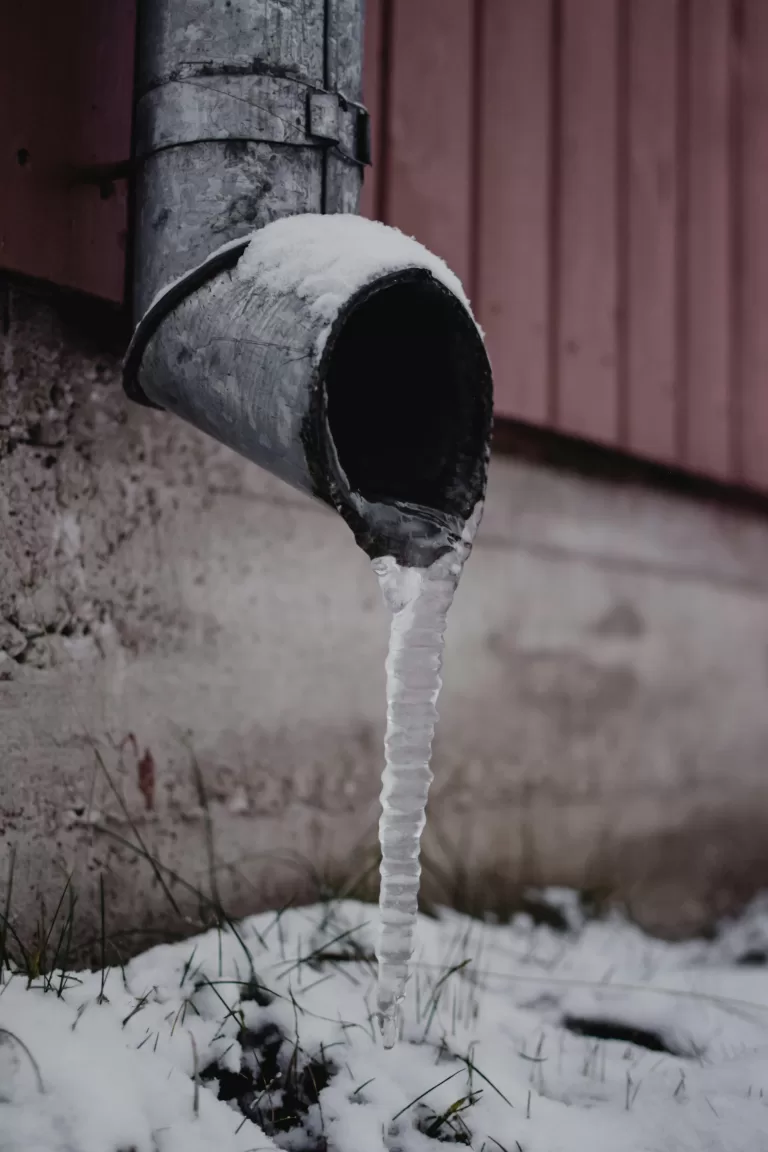11 Easy Tips to Maximize Energy Efficiency With Your Roofing System
Having a healthy and energy-efficient roofing system is essential for any homeowner.
Doing regular maintenance on your roof can help ensure that it performs at its best, lasts longer, and saves you money in the long run.
In this blog post, we’ll discuss key tips to keep your roof in top condition and maximize its energy efficiency.

Read on to learn more.
11 Easy Tips to Maximize Energy Efficiency With Your Roofing System
Why Roofing Matters for Efficient Homes
A well-maintained roofing system is the foundation of a comfortable and energy-efficient home. Poor performance in any aspect of your roofing system can increase energy.
That’s why understanding your roof’s essential components and how to maintain them is key for a long-lasting, efficient home.
Your roof helps keep your home warm in winter and cool in summer and shields it from nature’s elements all year round. Insulation, ventilation, moisture control, and air sealing create an effective barrier. This barrier helps keep hot air out during summer and cold air out during winter cold.
A new energy-efficient roof with proper components can save you money on energy bills and help the environment.
Tips on Making the Most out of Your Current Roof System
Making the most of your current roof system might sound like a daunting task. After all, you’re dealing with an existing roof that’s already been in use for some time – so what can you possibly do?
Fortunately, there are a few simple steps you can take to maximize the energy efficiency of your current roof system.
1. Inspect and Repair
The first step is to inspect your roof for any signs of damage or wear and tear. If you find any, make sure to repair it as soon as possible. This will help prevent further damage and ensure that your roof is functioning well.
2. Add Insulation
Adding insulation to your attic can help keep the air inside your home at a comfortable temperature. This will help reduce energy costs and keep your home comfortable all year round.
3. Install A Reflective Roof
Doing this can help reflect the sun’s rays away from your home, reducing the amount of heat that enters your home. As a result, it reduces energy costs in the summer months.
4. Ventilate Your Attic
Proper ventilation is essential for a healthy roofing system. Make sure your attic is properly ventilated to allow the air to circulate and reduce moisture buildup.
5. Install Solar Panels
Using solar panels can help you generate your own energy and reduce your reliance on traditional energy sources. This will not only save you money in the long run, but it will also help reduce your carbon footprint.
For more tips, you can also consult with a professional roofer, like Fortress Roofing & Exteriors.

Making Key Replacements that Increase Your Energy Savings
One way to save energy is to make key replacements that increase your energy savings.
For example, you can upgrade your roof coating. A fresh roof coating creates a strong barrier against water intrusion. It can also improve insulation properties, reducing the flow of heat from outside elements into your home.
Another important energy upgrade is to replace existing shingles with specially-designed reflective shingles. These shingles can reduce heat absorption by providing a cooler surface.
DIY projects involving weather-stripping windows and doors can also reduce drafts into the interior of your home. This further improves insulation performance.
Making key replacements that increase your energy savings are an investment well worth the cost.
Pro Tip: Get a Home Energy Score for better home upgrades. The score assesses a home’s energy efficiency and provides recommendations for improvement. An energy assessor can help with the process.
Pre-season Maintenance Tips for Your Roof System for Best Performance
Pre-season maintenance is key to ensuring your roof system performs at its best. Here are a few tips to help you get started:
1. Clean Gutters and Downspouts
Make sure to clean out your gutters and downspouts before the start of each season. This will help prevent clogs and ensure that water can flow freely away from your home.
2. Inspect Flashing
Check all the flashing around your roof for any signs of damage or wear and tear. If you find any, make sure to repair it as soon as possible.
3. Trim Trees
Make sure to trim any trees that are close to your home. This will help prevent branches from damaging your roof. It will also reduce the risk of debris buildup on your roof.
4. Check for Leaks
Inspect your roof for any signs of leaks or water damage. If you find any, make sure to repair it as soon as possible.
5. Seal Vents and Pipes
Make sure all vents and pipes are properly sealed to prevent air leakage and moisture buildup in your attic.
6. Inspect Shingles
Check the condition of your shingles and replace any cracked, curled, or missing ones.
By following these tips, you can help ensure your roof system is in top condition and maximize its energy efficiency.
Key Takeaway
Maximizing energy efficiency with your roofing system is an important part of maintaining a healthy home.
Proper roof care is essential to ensure it performs at its best and lasts longer.
Taking the time to maintain your roof will help you save money in the long run and reduce your carbon footprint.







